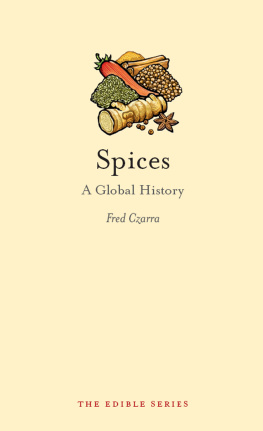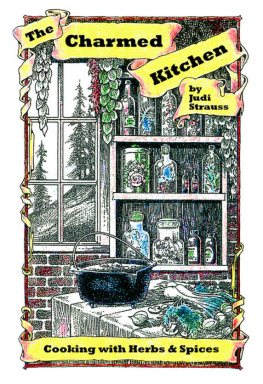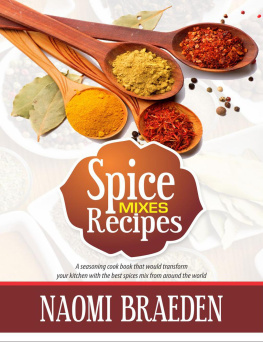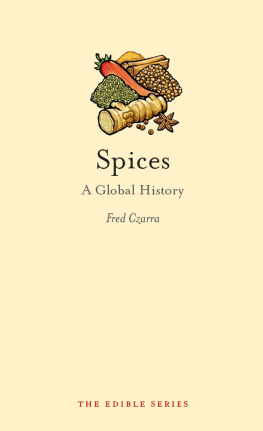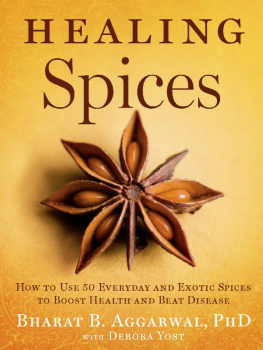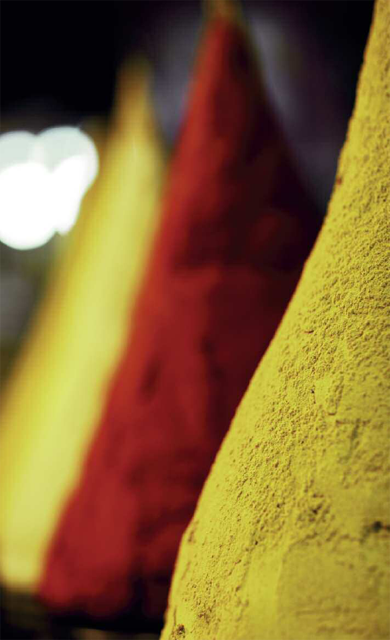Introduction

Peppercorn, which has the ability to sweat your secrets out of you.
Peppercorn, where are you in my time of need?
The Mistress of Spices, Chitra Banerjee Divakaruni
We often marvel at the fascinating stories of spices and the exotic lands and peoples with which they are associated. At the same time, however, it is easy to overlook the historical context of these once highly prized commodities and the significance of the spice trade that developed around them. Spices are important in history for several reasons. First, on a large scale, they brought together diverse cultures of the western, southern and eastern worlds, encounters that could be positive and harmonious but were sometimes harmful and even disastrous. Second, the exchange of spices stimulated the first global age and the beginnings of economic globalization, wherein actions in one area of the world greatly affected people and events on another, far-off continent. Third, spices forever changed the eating habits of people who discovered new culinary experiences as a result of the trade, which in turn changed the way they prepared, ate and appreciated food.
Spices and their travels across the world have created new legends as well as enhancing the many tales and misconceptionsthat had preceded them. Spices stimulated new knowledge about the world, a knowledge that resulted in great advances in mapmaking, science, seamanship and basic cross-cultural awareness. They also created competition among nations, which improved the economic conditions of some countries and peoples but also caused great harm to others and to the cultures they encountered.
Spices had had a long history in South and East Asia long before Europeans arrived in these regions. During antiquity, the Old World had limited supplies of spices which were experienced by only a few cultures. Hearing of or sampling spices from places that the Europeans had never seen inspired numerous legends and tales many of them of the tall variety that fuelled misperceptions about these exotic lands and peoples. Such stories were sometimes tied to religion and the idea of paradise and where this land of perfection might be located. Spices conjured up the idea that exotic plants such as cinnamon were part of the scents of paradise. Once the Europeans encountered Asia, the realities of spices such as pepper coming directly home to a nation were more and more commonplace. The prices for these spices brought great riches. Additionally, when the word spread about these newly acquired products, competition became a strong motivator for nations to vie for both the prize and the profits.
In recent years, many excellent books have been written on spices. Titles such as Nathaniels Nutmeg, The Scents of Eden, Spice: The History of a Temptation, The Spice Route, Dangerous Tastes, The Taste of Conquest and Out of the East: Spices and the Medieval Imagination have explored numerous avenues of spices and their lore. Most of these writings have offered a unique perspective on spices and, for the most part, have dealt with the spice trade in the ancient and early medievalworld and from the sixteenth to the nineteenth centuries, when there was great competition between nations of Western Europe for these exotic and valuable products. These periods of history are the most engaging for storytelling, but more modern aspects of the spice story are also worth exploring.
The extensive focus of this general history of spices will range from antiquity to the present day. Its five chapters will explore the ancient world, the medieval world, the Age of Exploration, the Industrial Age and, finally, the age of globalization, extending through the twentieth century and beyond. Spices will be a global history in the sense that different, at times contradictory, points of view about the spice saga will be presented, along with discourses on how diverse cultures have viewed and used spices in their lives. Finally, there will be an extensive bibliography of books on the history of spices, as well as on the spices themselves.
What are spices? A spice is usually defined as an aromatic part of a tropical plant, be it its root, bark, flower or seed. With the exception of vanilla, chilli pepper and allspice, nearly all spices are of Asian origin. Other spices such as frankincense and myrrh are only used for their aroma. Spices and herbs are sometimes viewed as the same thing but this is a fallacy. A herb is a plant that does not have a woody stem and dies at the end of each growing season. Most herbs derive their medicinal and seasoning qualities from their leaves.
To conclude, this section will take a first look at the five spices that are the focus of this book. This quintet, sometimes called the premier spices, have served as the motivators for the legends, the global searches and the economic competition that fuelled this trade.

